Research
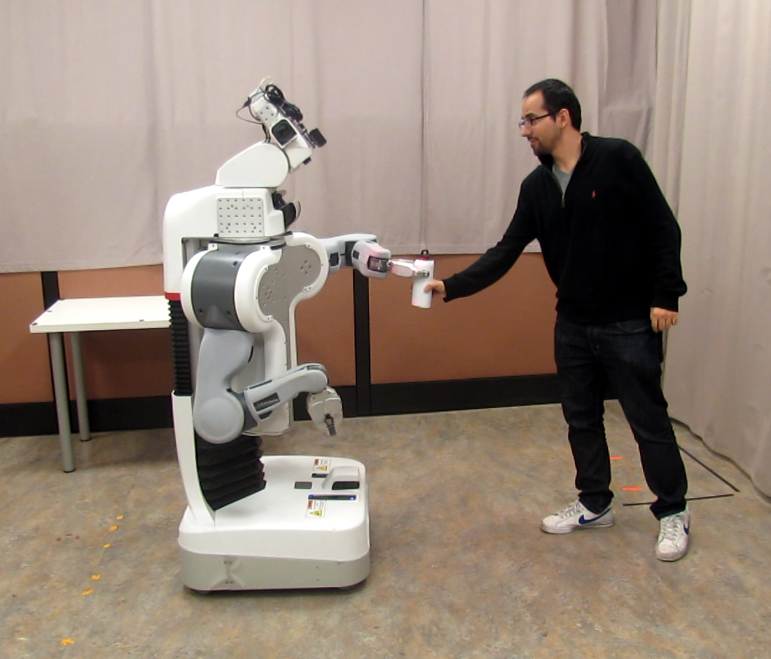
My research interests span a variety of topics in artificial intelligence and robotics, including (but not limited to): human-robot interaction, spatial language understanding/modeling, socially assistive robotics, computer vision, robot task learning, probabilistic state estimation, motion planning, and multi-robot coordination. This page highlights the research projects that I've worked on both as a Ph.D. student at USC, and also as an M.S./B.S. student at Carnegie Mellon University.
Current and past research projects include:
- Spatial Language-Based Human-Robot Interaction Framework
- Socially Assistive Robot Exercise Coach for Older Adults
- Real-Time Vision and Artificial Intelligence for Multi-Robot Teams
(2012-Present)
Spatial Language-Based Human-Robot Interaction Framework
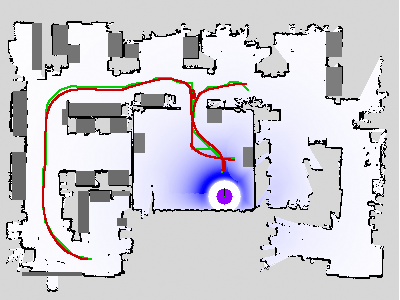
"Come into the pen. Lift up the object next to Juan. Give him it and then step back outside the pen and wait by the entryway."
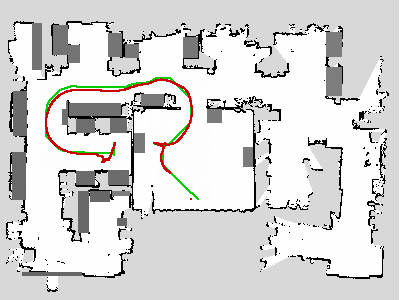
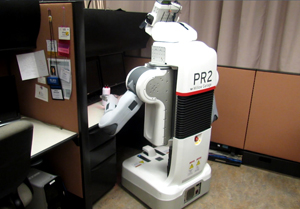
"PR2 can you please head to the dinner table and then pick up
the water bottle and take it to my desk so I can have a drink
later"
(2007-2012)
Socially Assistive Robot Exercise Coach for Older Adults
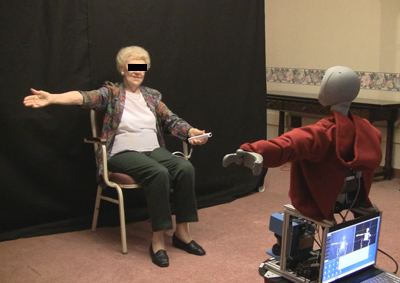
SAR Exercise Coach interacting with user during one-on-one exercise session
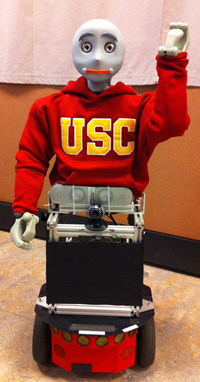
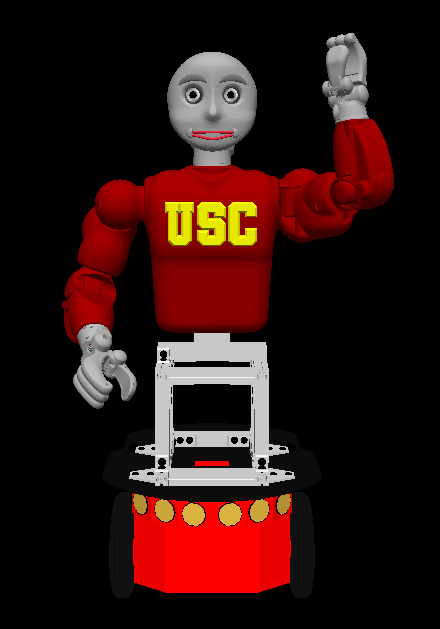 Bandit robot (physical embodiment vs. virtual embodiment)
Bandit robot (physical embodiment vs. virtual embodiment)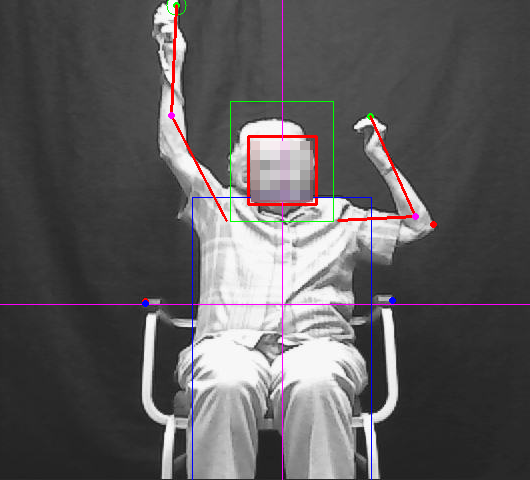
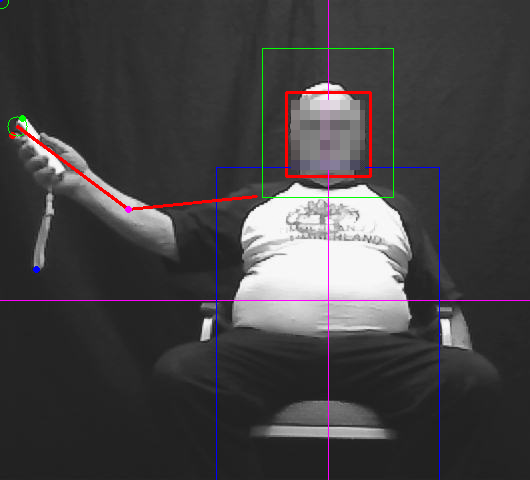 Real-time visual user activity recognition
Real-time visual user activity recognition algorithm output
(2002-2007)
Real-Time Vision and Artificial Intelligence for Multi-Robot Teams








